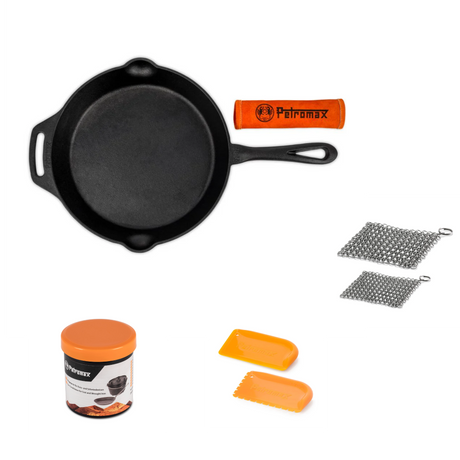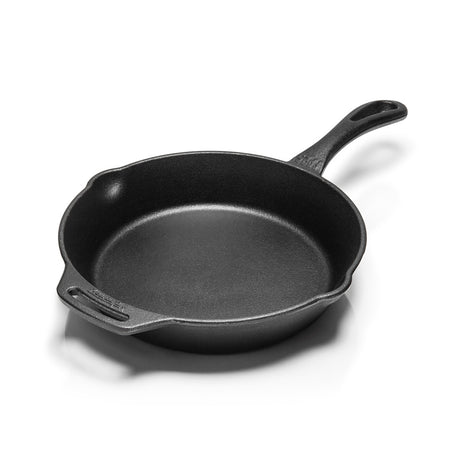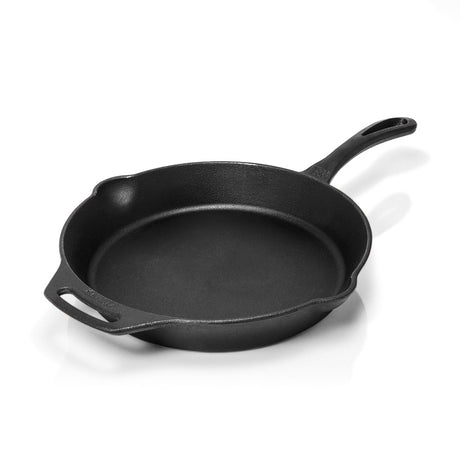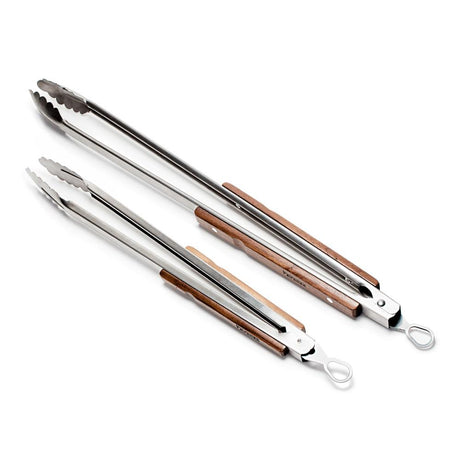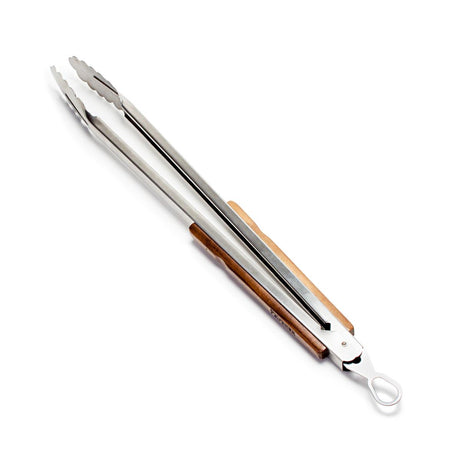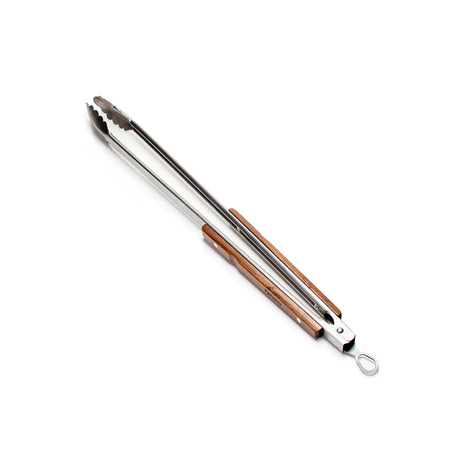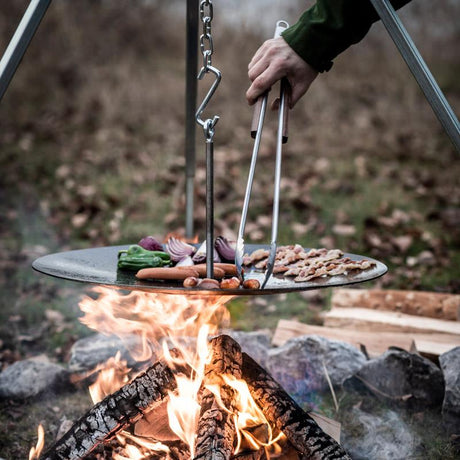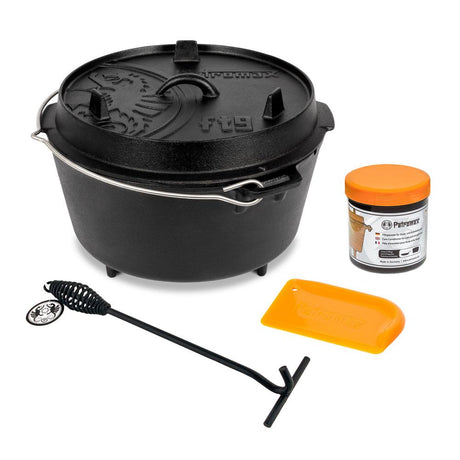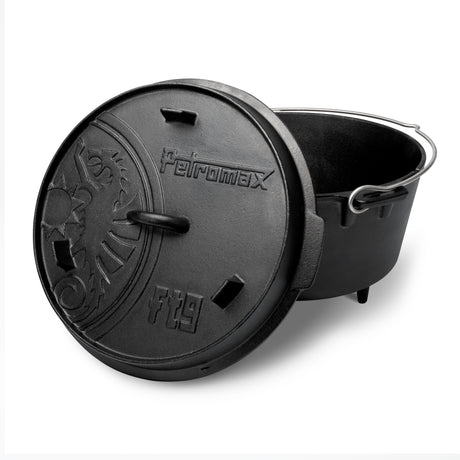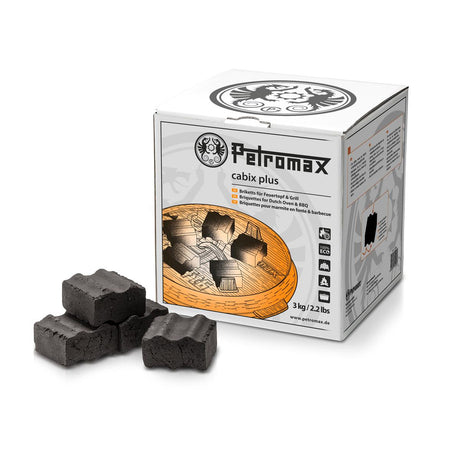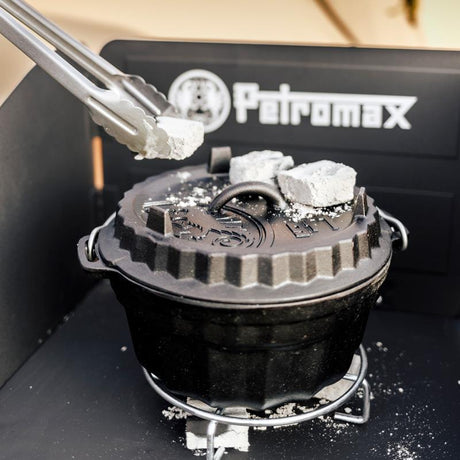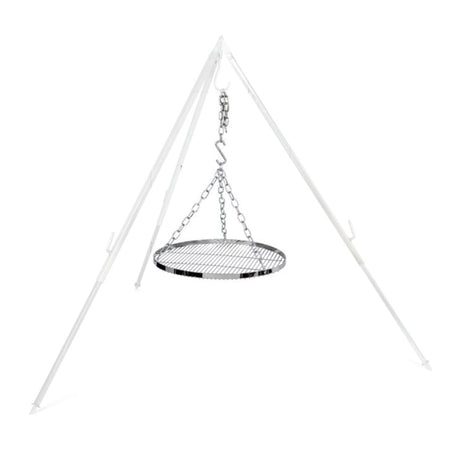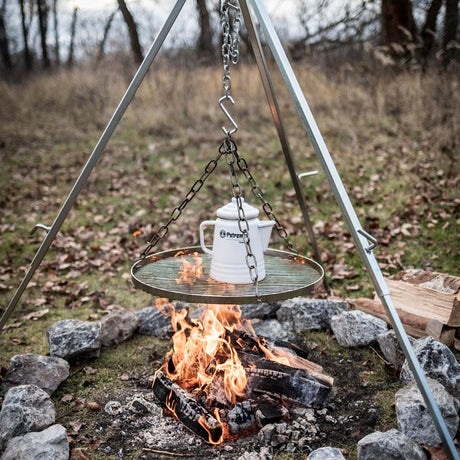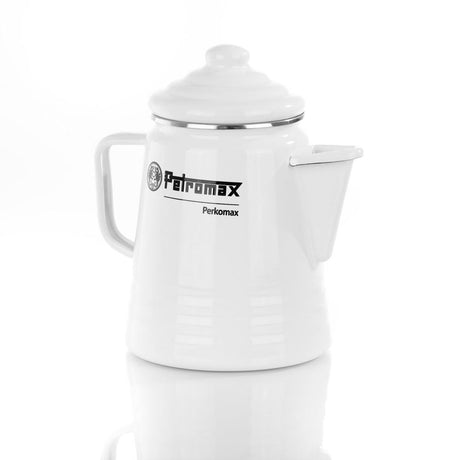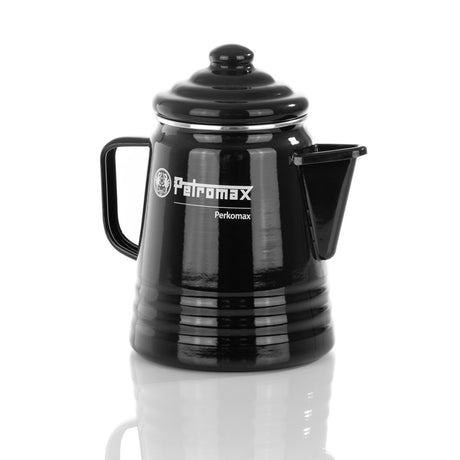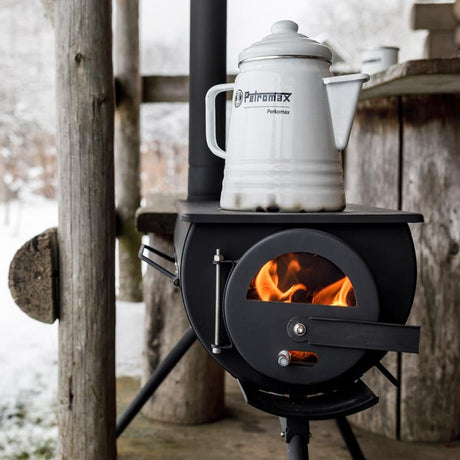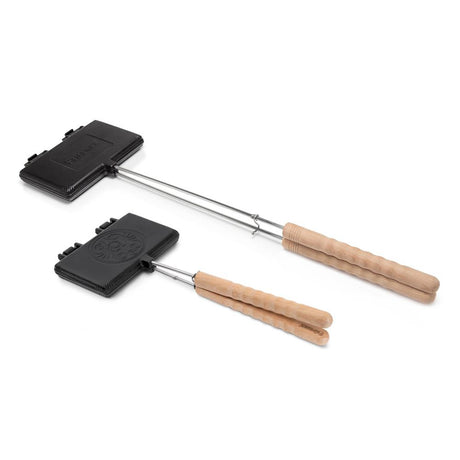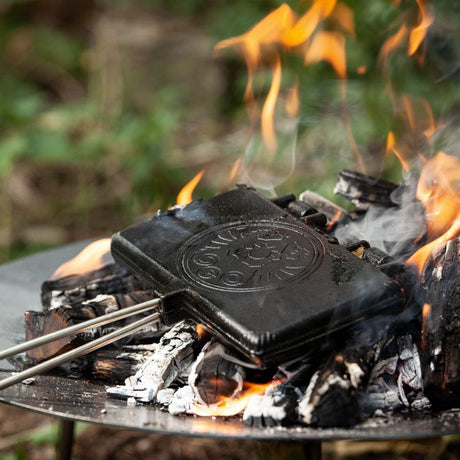Backpacking is more than just a form of travel - it's a way of life, a promise of freedom and adventure. Every step begins with careful preparation and perfect packing. A well-packed rucksack is the key to a carefree and unforgettable experience.
There is a golden rule when backpacking: the less you carry, the freer you are. Every gram counts - not only for your shoulders, but also for your mobility and flexibility. An overstuffed backpack is a ballast that restricts your freedom to travel. A minimally packed backpack, on the other hand, opens the door to spontaneous adventures and unexpected encounters. We'll show you how!
Table of contents
How do you choose the right backpack for your backpacking adventure?
Packing list for backpacking - an overview of the most important items
How do you pack your backpack correctly? Tips on weight distribution
Panniers and packing cubes: keeping things organized made easy
Which clothes and shoes are suitable for backpacking?
What to do with dirty laundry and damp items?
How do you pack your backpack for different destination climate zones?
Conclusion

How do you choose the right backpack for your backpacking adventure?
Choosing the perfect backpack is crucial for a successful backpacking adventure. An ideal travel backpack should have between 40 and 60 liters of volume - enough space for all your essentials and usually holds 10-15 kg of luggage. The backpack size depends on several factors: Trip duration, destination and individual packing characteristics.
The fit is at least as important as the volume. A well-fitting backpack distributes the weight optimally and is easy on your back. Look out for adjustable carrying systems, padded shoulder straps and a hip belt that takes the weight off your shoulders. The weight of the empty backpack should be as low as possible - modern models often weigh less than two kilograms.
Material quality is another key factor. Waterproof and tear-resistant materials such as coated nylon or polyester protect your belongings from moisture and wear. Reinforced bottoms and high-quality zippers increase the durability of your travel companion.
Pay attention to the following when buying:
Body size and proportions
Individually adjustable carrying systems
Ergonomic back padding
Hip belt for weight distribution
Ventilation channels on the back
Weight of the empty backpack
Tear-resistant materials such as ripstop nylon
Reinforced bases and seams
Waterproof coatings
YKK zippers for durability

Packing list for backpacking - an overview of the most important items
When packing, the motto is: less is more. Concentrate on versatile, functional items of clothing that are easy to mix and match. The ideal basic equipment includes:
Clothing: The basic rule of backpacking is: only pack half the clothes you originally think you need. Combinable, quick-drying garments are the key.
- 3-4 quick-drying, odor-neutral functional shirts
- 2 zip-off pants (hiking pants and shorts in one)
- 5-7 pairs of functional underwear
- 3-4 pairs of hiking socks
- Light rain jacket
- Thin fleece sweater for layering
Pro tip: Merino wool has proven to be the secret star of backpacking. It is odor-resistant, temperature-regulating, quick-drying and antibacterial!
Equipment: In addition to clothing, there are a few items that every backpacker should have with them:
- Compact, ultra-light sleeping bag (ideal: mummy shape)
- First aid kit
- Universal adapter
- Power bank
- Waterproof document folder
- Small flashlight or headlamp with USB charger
- Small multitool

How do you pack your backpack correctly? Tips on weight distribution
The art of packing lies in optimal weight distribution. Heavy items should be placed close to the ground and near the back. This area forms the center of your backpack and ensures ergonomic load distribution. Lighter items are placed on the outside and at the top.
The aim is to distribute the weight evenly to maximize carrying comfort. An unbalanced load can lead to back pain and rapid fatigue. Experiment when packing until you find a distribution that feels comfortable.
Packing techniques
- Place heavy objects close to your back
- Use panniers and packing cubes
- Roll clothes instead of folding them
- Stuff socks and underwear into shoes
- Use airtight packing bags for wet clothing
- Place handy items such as water bottles and snacks within easy reach
Panniers and packing cubes: keeping things organized made easy
Panniers and packing cubes are little wonders of travel organization. They help you to make the most of the limited space in your backpack. An important tip is to roll your clothes instead of folding them - this saves space and prevents creases.
With minimalist packing, you should only take the essentials with you. Ask yourself for each item: Do I really need this? Handy items such as a water bottle, snacks and first aid kit should be easily accessible. An insulated bottle is particularly practical.
The advantages of panniers and packing cubes at a glance:
Compression of clothing
Waterproof separation
Quick retrieval of items
Protection from moisture

Which clothing and shoes are suitable for backpacking?
Choose lightweight, versatile clothing. Zip-off pants that convert into shorts are perfect for changing climates. Barefoot shoes or lightweight hiking boots offer comfort and flexibility.
The layering system is crucial for different climates. Start with thin, moisture-wicking functional underwear, add an insulating mid-layer and finish with a weather and windproof outer layer.
Layering system
- Light, airy layers for hot regions
- Insulating garments for cooler areas
- Prefer quick-drying materials
- Versatile shoes: comfortable hiking boots or barefoot shoes
What to do with dirty laundry and damp items?
Separate waterproof bags for dirty laundry prevent soiled clothing from contaminating the rest of your luggage. Synthetic fabrics dry faster than cotton - ideal for traveling.
There are many practical tips for drying your laundry quickly. Use washing lines in hostels or guesthouses, turn out wet clothes after washing and hang them in well-ventilated areas. Practical solutions such as waterproof laundry bags and a small detergent will also help you to clean your clothes on the go. Synthetic fabrics dry faster and are easier to care for than cotton.
Practical tips:
Separate waterproof bags for dirty laundry
Wash and quickly dry laundry on the go
Take a laundry net with you
Efficient laundry cleaning:
Small detergent
Washing line
Waterproof laundry bags
Quick-drying microfiber cloths

How do you pack your backpack for different destination climate zones?
The packing list varies depending on the destination. In hot climates, light, airy clothing and sun protection are important. Cold regions require additional layers of insulation. Humid regions require waterproof equipment. Universal equipment for all climate zones includes a good rain jacket, a headlamp and flexible layers of clothing.
Southeast Asia offers extreme climate variations:
- Lightweight, breathable layered clothing
- Quick-drying materials
- Sun protection
- Rain jacket
- Thin insulation layer

Conclusion
Backpacking is an art of reduction and flexibility. The less you carry, the more you can experience. Your backpack is more than just luggage - it's your passport to freedom.
Always remember: the best backpacker travels light, open and ready for the next adventure! Choose a backpack that optimally combines size, weight and fit. Keep things organized with panniers and packing cubes. Distribute weight efficiently and save space by packing intelligently.
Prepare for different climate zones and avoid packing mistakes by using a well thought-out packing list. The most important thing is: travel light, travel free!
Want to be even better prepared? Check out our other blog posts!
Lace your hiking boots correctly: how to avoid pressure points
First aid kit for hiking: Your guide for more safety on the trail
Training for hiking - your ultimate guide

